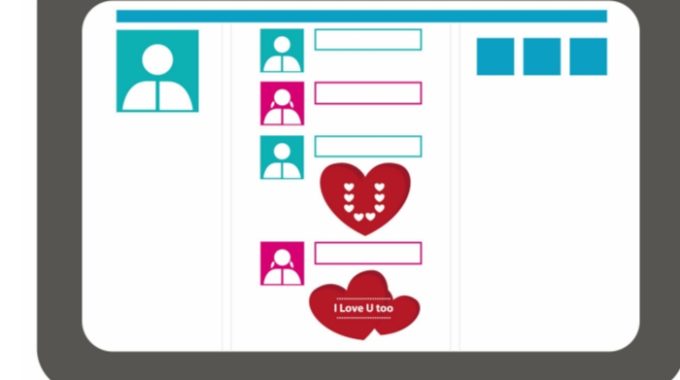
4 Lessons This Innovative Dating App Can Teach Any Entrepreneur
This post was orignally posted in Forbes
No matter what business you’re in, there’s plenty to be learned from other companies in different markets. Take the dating app Bumble, for example, which started out to help people find dates, but has since expanded into connecting new friends and business contacts.
After Bumble CEO Whitney Wolfe Herd left Tinder, which she also co-founded, she was determined to change the online dating game, and founded the women-empowering dating app that, while similar to Tinder in its simple photo-swiping functionality, differs from it in one very interesting way—Bumble requires the woman to make the first move.
Even if you’ve never used a dating app (lucky you), there are some noteworthy lessons that all business owners and entrepreneurs can learn from the smart things Bumble does for its customers.
No matter what business you’re in, you can learn a thing or four from this creative dating app.
1. Go against the grain
Every other dating app puts the onus on the man to initiate the first conversation, leaving a lot of women feeling like their junior-high selves, biting their nails and waiting for the phone to ring. Bumble does the opposite: if the man and woman both swipe right, indicating interest, the woman has 24 hours to send the first message; otherwise, the connection vanishes.
Business lesson: Personally, I like having this level of control when selecting potential dates, but obviously this format is not for everyone. In the same way with business, doing something completely off the wall will naturally not agree with everyone in your target demographic, but the truth is you’re not trying to reach everyone. It’s better to be different and appeal to a smaller segment than to be like everyone else and only get a tiny piece of the pie.
2. Keep it simple
If you’re not as well versed as I am on the features of dating apps, allow me to educate you. Some apps will tell you whose paths you’ve crossed (a bit creepy, I think). Others will offer you matches you have a likely chance of hitting it off with, based on fancy algorithms and questions you’ve answered earlier. It seems like if there is a way to complicate the process of finding a mate, there’s a dating app out there that’s doing it.
But Bumble keeps things remarkably simple: you swipe through photos and read brief profiles. (Unless you’re a man, however—apparently you don’t bother to read those painstakingly written profiles. But I digress…) If there’s a match, you talk. The simplicity is appealing.
Business lesson: Rather than trying to add bells and whistles to your products or services, ask yourself how you can simplify them. How can you make it easier for your customers to use your products? How can you eliminate some of the decisions they might need to make?
3. Expand gradually
Bumble didn’t start out with its additional friend- and professional-connection capabilities (Bumble BFF and Bumble Bizz, respectively). Instead, it waited until it had proved its initial dating model. Then, when the company had cultivated a fanatical fan base, it offered them the two additional features.
Business lesson: A lot of companies expand too quickly, often to their own detriment. Be like Bumble and move in a slow and calculated manner. Know whether your ideas for additional products or services will even hit the mark with your audience before you invest the time and money in them.
4. Stay in front of your audience
Mobile apps often find it challenging to engage their audiences, and push notifications are often the remedy to this. Bumble sends a few messages a week (in addition to notifications of a match), and, interestingly, these push notifications are rarely promotional. Instead, they are empowering messages that make the recipient smile, and, more often than not, decide to open the app.
Business lesson: You don’t have to run an online dating company to benefit from these lessons. It’s all about keeping your customer at the center of everything you do, and not being afraid to stand out from the crowd.



